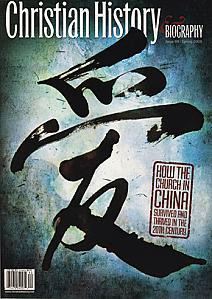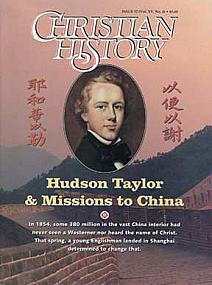YABALLA CAME FROM CHINA AND ROSE IN THE NESTORIAN CHURCH
MARCO POLO (1324) reported from his travels that the bishop of the Yemenese island, Socotra, owed allegiance not to the pope in Rome but to the patriarch at Baghdad. Christians of that region were Nestorians, who had been cast out of the western church because Nestorius, while accepting the two natures of Christ, refused to speak of Mary as “the mother of God.” In the thirteenth century there were actually more Nestorians than Catholics and Orthodox, because Nestorians had a strong presence in Persia, India, and the Middle East, and had evangelized as far east as the eastern coast of China. A bishop of Socotra had been present at the installation of Yaballa III as Patriarch of Baghdad (1281).
Yaballa’s story is unusual. The youngest of four sons of a Nestorian deacon, he was born in Kawshang (Kung-Tschang, possibly near Shanxi), “fifteen-days journey” from Pekin (Beijing), and given the name Mark. His family were Ughars, a minority group in China, usually classified as Turkish because of their language. Mark became a Nestorian monk, known as Rabban Markos. With either a permit or a decree from the Mongol lord Kublai Khan, who ruled much of Asia, Rabban Markos set out with Rabban Bar Sauma on a pilgrimage to Jerusalem.
Because fighting in the Mideast blocked their route, the pair were unable to reach their destination. In their efforts to make progress west, they visited Baghdad. Mar Denha, the Nestorian patriarch, sent them on an embassy to the Mongols which was successful. The two attempted again to reach Jerusalem, but when their efforts failed, returned to Baghdad. Mar Denha insisted on consecrating Rabban Markos as Patriarch of Cathay and Wang, regions of northern China, giving him the name Yaballah (or Yahbh-Allaha), meaning “God gave.” Before Rabban Markos could return to China, Mar Denha died.
Church leaders in Baghdad decided to make Yaballah the Metropolitan in Denha’s stead because Yaballah knew the Mongol language and customs, as well as Chinese and Persian. Thus he became Patriarch of the East Syrian Church.
His reign as catholicosof the Syrian region was a non-stop succession of crises, owing to the turmoil of the period. He dealt with eight successive Mongol khans and also faced Muslim aggression and massacres.
Yaballa founded a monastery in Kariyat al-Maraghah (about seventy miles from modern Tabriz), a capitol within the Mongol Empire. During the last years of his life, he resided there off and on as it was near a Mongol camp where he conducted negotiations. His efforts were by and large unsuccessful. Around 1310, after a massacre of Christians by Muslims, he retreated in disgust, saying he would not visit the Mongol camp again. He lived in the monastery his remaining years.
His biographer is rather confusing as to the exact day of his death, but on this day, 13 November 1317,or perhaps a day or so earlier, Yaballa III died in the monastery he had built. He was interred there. He had ordained seventy-five Metropolitans and bishops.
—Dan Graves
--------------
For more on the church in China, read Christian History #98, How the Church in China Survived and Thrived in the 20th Century
For more on the Nestorians of China, read "Trickle-Down Evangelism" in Christian History #52, Hudson Taylor & Missions to China
Never miss an issue of Christian History. Subscribe now.







